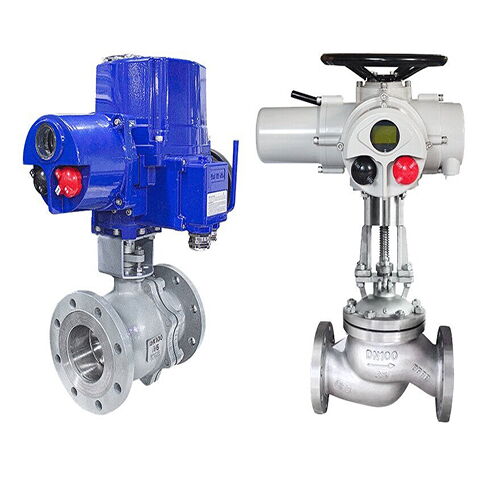How to Enhance Precision in Electric Control Valve Systems
In the field of industrial automation, precise control of process fluid flow is crucial for ensuring production efficiency and product quality. Electric control valves, as core components for achieving this goal, directly influence the stability and reliability of the entire process system through their adjustment accuracy. This article delves into several key factors that affect the precision of electric control valve adjustments, proposing effective measures to ensure precise fluid control under various operating conditions.
1. Factors Influencing Adjustment Precision
The adjustment precision of electric control valves is directly related to the stability and accuracy of process fluid control. Adjustment precision is typically expressed as a percentage; for instance, ±0.6% adjustment precision means the deviation between the actual and set valve openings is 0.6%, ensuring that process parameters remain within the desired values. Several factors influence the adjustment precision of electric control valves:
Precision of Electric Actuators: The performance of electric actuators, consisting of motors, reducers, and switch devices, directly affects the valve's opening adjustment accuracy. High-precision motors and reducers provide stable and precise valve control, thereby ensuring accurate adjustment of fluid flow or pressure.
Valve Design and Manufacturing Precision: The quality of valve design and manufacturing is crucial for adjustment precision. High-quality valves should possess good fluid characteristics and reliable sealing performance, which not only aids in stable valve operation but also ensures accurate control of fluid flow and pressure under various conditions.
Accuracy of Sensors: Electric control valves are typically equipped with sensors for real-time measurement of fluid flow or pressure. The accuracy of these sensors directly influences the accuracy of feedback signals, thereby impacting the electric actuator's ability to precisely adjust valve openings.
Performance of Control Systems: Control systems should feature high-precision control algorithms and rapid execution capabilities to respond to changes in process parameters and adjust valve openings in real-time. Excellent control systems guarantee stable achievement of set flow rates or pressures even under complex conditions.
2. Key Measures to Enhance Adjustment Precision
To ensure high-precision adjustment capabilities of electric control valves, the following measures can be implemented:
Select High-Precision Electric Actuators and Sensors: When procuring electric control valves, opt for brands known for reliable performance and stable operation in terms of electric actuators and sensors. The high precision of these critical components forms a reliable foundation for valve control.
Thorough Debugging and Calibration: During installation and commissioning, meticulous debugging and calibration are crucial. Adjust control system parameters and calibrate sensors to ensure valves meet expected adjustment precision requirements during actual operation.
Regular Inspection and Maintenance: Regular inspection and maintenance are essential for maintaining long-term stable operation of electric control valves. Periodically check the operational status of electric actuators, sensors, and control systems, promptly conducting maintenance and repairs to prevent performance degradation due to component wear or aging.
The adjustment precision of electric control valves not only affects industrial process efficiency and product quality but also directly impacts energy consumption and equipment lifespan. By optimizing the selection of key components, performing meticulous debugging and calibration, and conducting regular maintenance, the precision and reliability of electric control valves in industrial automation processes can be effectively enhanced, providing solid technical assurance and economic benefits for production operations.

